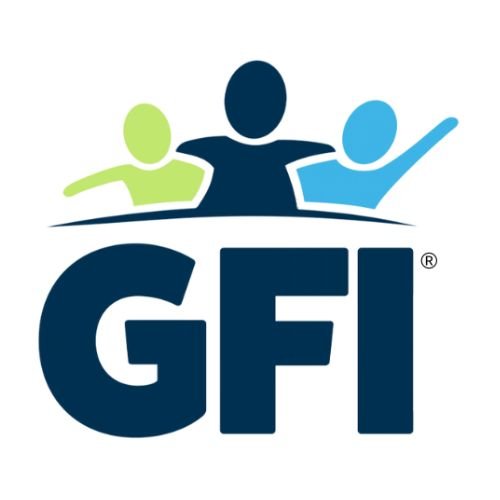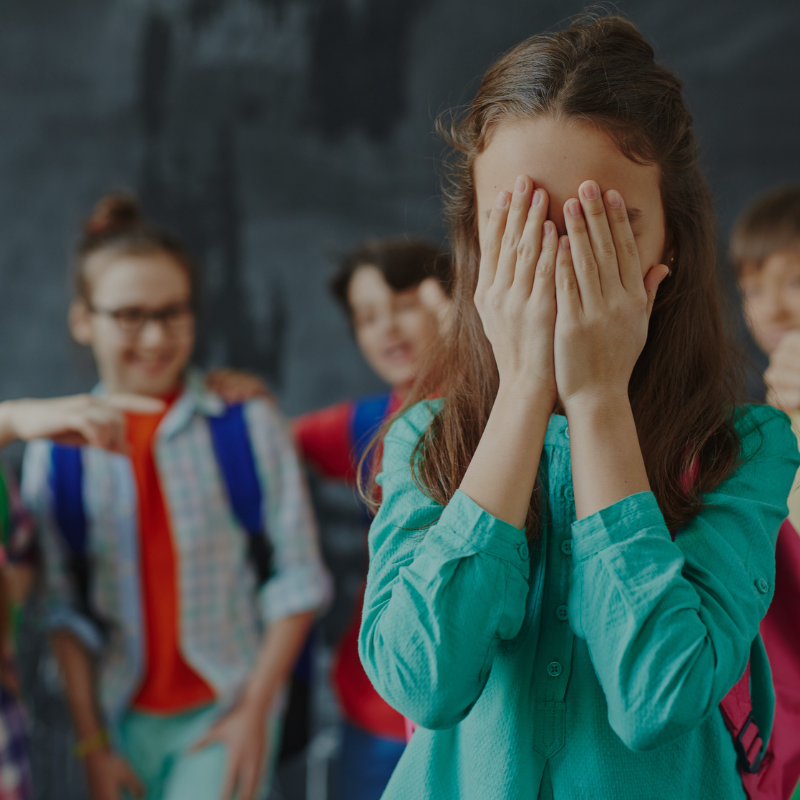The Case for Explaining Your Autistic Child's Neurology
As a community helping children to be more aware, accepting, and empathetic, we can do better – and we must. Whether we’re improving our neurodivergent children’s self-awareness and perception or helping neuromajority children realize that different brain wiring impacts the way autistic peers understand and process the world around them, sharing information in an age-appropriate, strengths-based way is critical to healthy social emotional development.
Neurodivergence and Emotional Response
What any educator will confirm is that every child is unique, whether on the spectrum or not. How they react to stimuli will vary among them, with some increased irregularity among our neurodiverse kids. Recognizing exactly how we’re feeling from their perspective, or how they’re feeling inside, can be difficult to interpret. Here are some common emotional responses to dispel some of the mystery.
Demonstrating Autistic Acceptance
If the aim is an inclusive classroom for neurodivergent kids, we aren’t going to achieve much without leadership showing them how it’s done. Modeling this sort of behavior might feel cumbersome, for fear of overcompensating with forced or unnatural interactions. But a few subtle techniques fly right under the radar and create a culture of acceptance with ease.
5 Classroom Activities That Foster Inclusion
As educators, we value the importance of inclusion and recognize that each and every student comes with their own gifts, quirks, and challenges. Our kids, who are still discovering who they are, and each other, benefit from classroom activities that foster inclusion, educate and celebrate their unique characteristics, and create better connections between peers.
Bullying and Autism - Disability Harassment?
1 in 5 students in general, and 1 in 3 autistic students, are bullied. When bullying behavior focuses on a target’s disability, it can be disability harassment.
How Will Students Know They Belong in Their Classroom?
Since the average enrollment of an American public school exceeds 500 students (EducationWeek, 2019), by the numbers associated with autism prevalence (CDC, 2021), an administrator can be statistically assured that the school’s count of students on the spectrum will be in the double digits. It is likely that the least restrictive environment for those autistic students will be in inclusive classrooms. And the way to prepare the environments in those inclusive classrooms is in part through peer education.
Talking TO our friends with autism
As Good Friend co-founder and fellow autism mom Denise Schamens and I have expanded our observations of and interactions with this autism spectrum cosmos, we have gained a better understanding and appreciation for the wonder and beauty it holds.
What comes after Awareness?
It's a busy month in the Good Friend calendar: Autism Awareness Month. We caregivers are all bustling about with blue in our 'dos and shining our lights and wearing our puzzle piece pins. And as my own children with ASD get older (they're now 14 and 11), they're taking more notice of all the buzz. As they take more notice and I explain in more depth, it all adds to their self-awareness. So in our household, Autism Awareness Month really is a triple threat (and I mean that in a benign way): It's important to me as a mom, to our organization's work, and to my kids as people with ASD.









